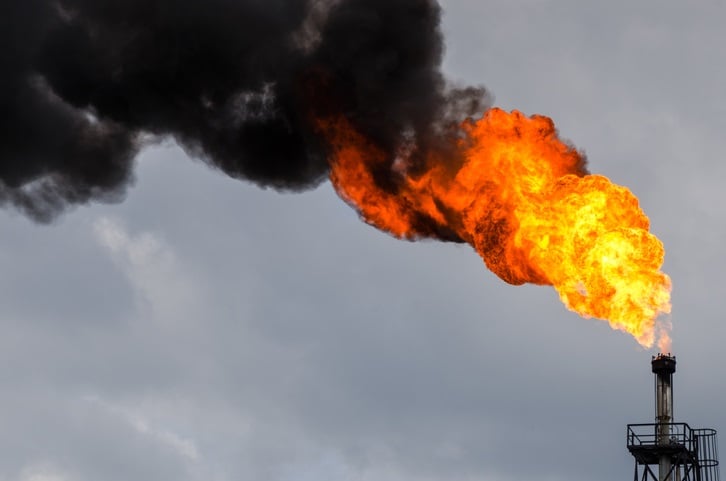[ad_1]

Only half of South Africa’s refineries are operational, according to the Central Energy Fund.
- With only half of refineries in South Africa operational, SA has become reliant on imports for refined fuel products.
- According to the Central Energy Fund, the limited refining capacity paints a “concerning picture”.
- CEF group chairperson Ayanda Noah says increased oil and gas exploration could be key to the refineries’ revival.
- For more financial news, go to the News24 Business front page.
South Africa is faced with a “looming crisis” as demand for fuel is expected to keep rising and its refining capacity remains severely constrained.
Just three of the country’s six refineries are operational.
Speaking at African Oil Week on Tuesday, Central Energy Fund (CEF) group chairperson Ayanda Noah said in addition to just half of SA’s refineries now being operational, 35% of refinery design capacity is available.
‘Very concerning, very expensive’
“The refineries paint a very concerning picture […] There is a looming crisis on the fuel side and we are importing quite a lot, which is very expensive for the country,” said Noah.
Dwindling refinery capacity and forced closures since 2020 have led to decreased domestic production and record imports as the demand for fuel is expected to rise.
According to Noah, it is anticipated that 53% of refined fuel products will be imported into South Africa by 2025, amounting to 604 000 barrels per day.
READ| ‘What are the mice running from?’ Mantashe on Transnet, Eskom resignations
The three operational refineries include the Natref operated by Sasol and Total Energies, the Sasol Secunda refinery, and the Astron Energy refinery. The Astron refinery – formerly known as Calref and which Glencore acquired with all Chevron’s SA assets in 2019 – resumed production this year after a deadly fire led to an 18-month closure.
The Sapref, Enref, and PetroSA refineries have remained closed.
Enref was closed by Engen in 2021 following an explosion at the facility, while operations were halted at Sapref in early 2022 and subsequent damage to the plant caused by the KwaZulu-Natal floods scuppered plans to sell the facility to the state.
Meanwhile, the PetroSA gas-to-liquid refinery in Mossel Bay, the only state-owned refinery, has been offline since late 2021 after it ran out of offshore gas feedstock.
According to Noah, decreased production at refineries has also impacted other sectors of the economy.
“The imports result in a challenge in the security of fuel supply and have increased input costs. The forced closures of refineries have also exported several jobs when the country has experienced an increase in the unemployment rate,” she said.
According to Noah, increased investment in upstream exploration and additional oil and gas exploration could help revive refineries and boost fuel supplies.
In August, she said that Total Energies’ recent 3.2 trillion cubic feet (tcf) gas discovery in the southern Cape would help bring the PetroSA refinery back online.
Recent oil finds offshore of Namibia in the Orange Basin could also present an opportunity for refining, she said.
“We would be working with Namibia to build another refinery near the Orange Basin because we know it stretches in South African waters. It is a good business case to build new refining capacity,” she said.
According to PetroSA, South Africa has a potential of 27 million barrels of oil, 60 tcf of offshore gas, and 200 tcf of shale gas.
However, exploration activities have also faced significant opposition.
READ | Green lobby vows to fight ‘vultures’ attacking oceans for oil and gas
Noah called for communication with stakeholders.
“It is an extremely litigious environment, and it is difficult for us to continue with exploration activities,” she said. “Shell was looking at the east Coast and wanted to explore years ago, and there was a court case.
“We have so many resources and we need to engage communities about the opportunities around these resources.”
[ad_2]
Source link
